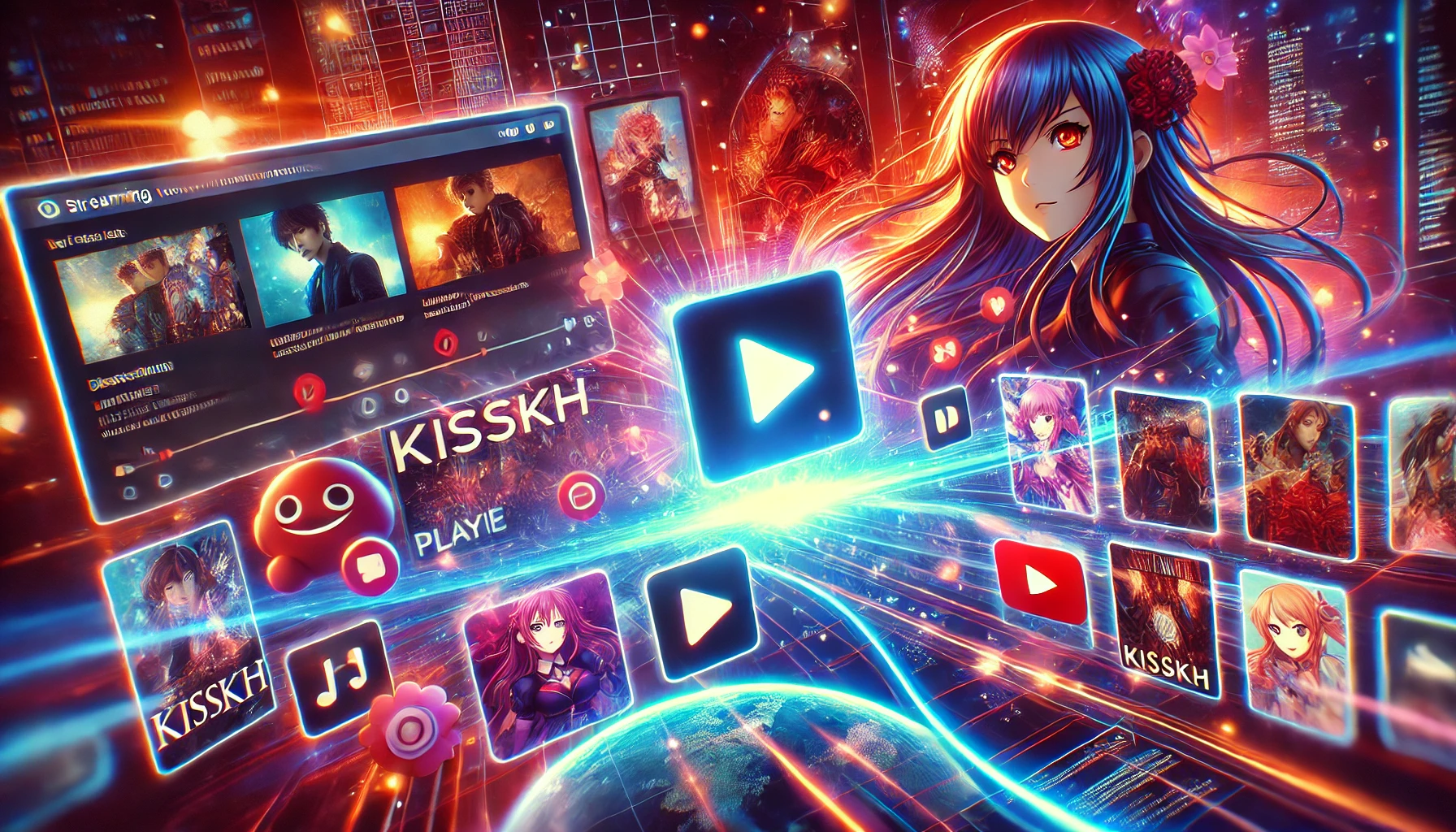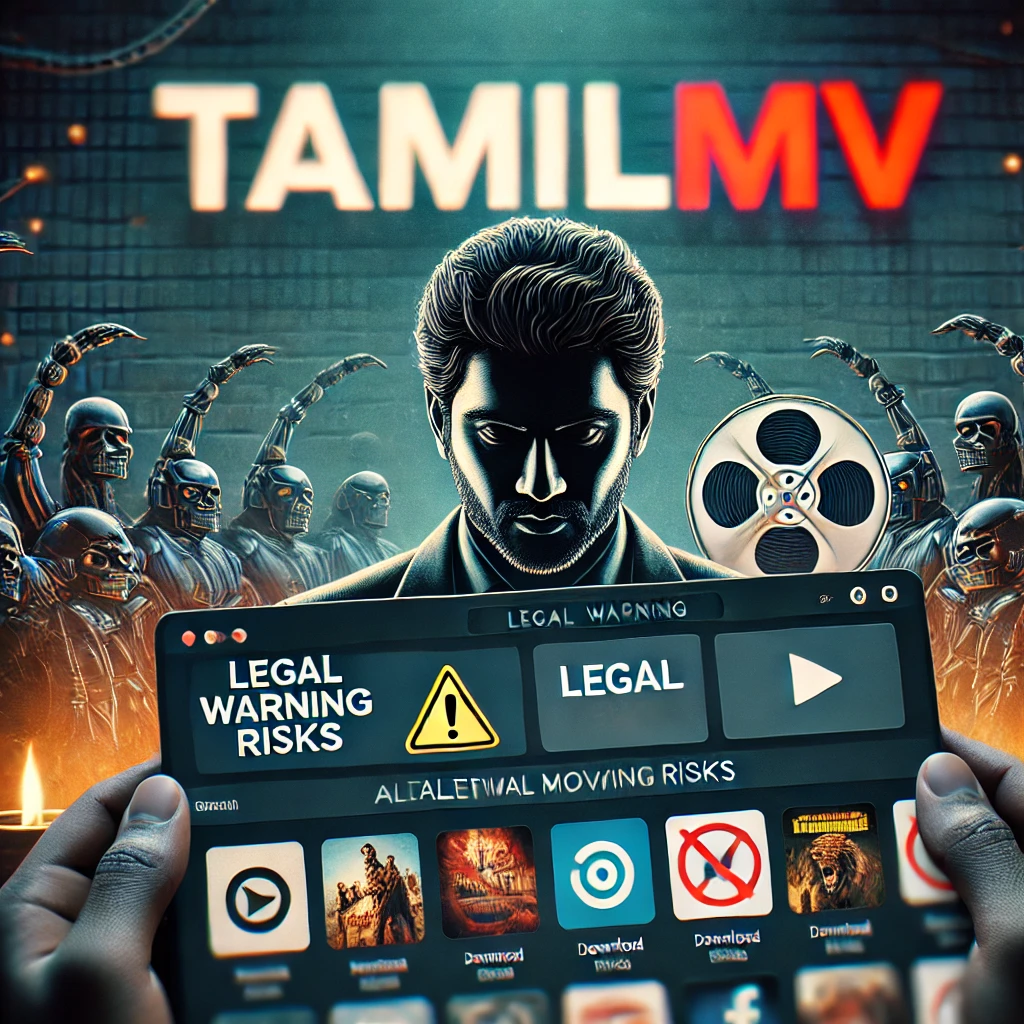When we think of cartoons, our minds often go to cute, colorful, and visually appealing characters. But sometimes, it’s the odd, unattractive, or even “ugly” cartoon characters that leave the biggest impression. These unique designs—featuring oversized features, exaggerated expressions, and unconventional appearances—often charm audiences in ways their more beautiful counterparts can’t. Surprisingly, ugly cartoon characters have managed to become iconic and beloved by millions worldwide.
In this article, we’ll dive into the intriguing world of ugly cartoon characters, exploring why these unattractive designs resonate with audiences, how they add depth and humor to storytelling, and why they’re more relatable than their polished counterparts. From exploring some of the most well-known ugly cartoon characters to understanding the psychology behind their popularity, this article will uncover the magic behind why sometimes, ugly is unforgettable.
The Role of Ugly Cartoon Characters in Animation
Cartoon characters don’t always have to be conventionally beautiful or charming to capture viewers’ hearts. In fact, many characters that break the mold—who might have unconventional, exaggerated, or even grotesque appearances—become beloved precisely because they look different. This difference often makes them feel more authentic, human, and approachable. Ugly cartoon characters often appear as comedic figures, villains, or sidekicks, but some even take the spotlight as leading characters in their own right.
1. Humor and Physical Comedy
One of the primary reasons that ugly cartoon characters are so memorable is their effectiveness in generating humor. Cartoons rely heavily on visual gags, and characters with unconventional features lend themselves well to slapstick and physical comedy. Over-the-top expressions, exaggerated features, and unusual body types can be used to highlight humor in ways that standard designs might not.
Characters like Squidward Tentacles from SpongeBob SquarePants or Ed from Ed, Edd, and Eddy stand out because their odd looks make every reaction, facial expression, and physical gag that much more entertaining. For example, Squidward’s perpetual frown and droopy features perfectly capture his sarcastic, grumpy personality and make every scene involving him funnier.
2. Memorable Design and Personality
Ugly cartoon characters often have memorable designs that make them instantly recognizable. With bold features and distinctive looks, they don’t easily blend into the crowd, standing out among a sea of more “generic” cartoon characters. For example, Ren from The Ren & Stimpy Show is designed with exaggerated bulging eyes and a thin, wiry frame that make him almost unsettling, yet his look is unforgettable.
The distinctiveness of these designs helps reinforce each character’s personality traits, often allowing them to “speak” before they even say a word. A character with a rough or grotesque look might also have a rough-around-the-edges personality, which makes their appearance a visual extension of who they are.
Exploring Iconic Ugly Cartoon Characters
Let’s take a closer look at some iconic ugly cartoon characters that have captured the hearts of audiences worldwide. Each one brings something unique to the world of animation, showing just how diverse and memorable these designs can be.
1. Shrek (Shrek Series)
The green, ogre-like Shrek might be one of the most famous ugly cartoon characters in modern media. With his large, ogre ears, round face, and unrefined manners, Shrek is the epitome of an unlikely hero. His appearance goes against the grain of conventional protagonists, yet he’s relatable and lovable because he’s genuine. Shrek’s ugliness is part of what makes him relatable—he’s rough around the edges but has a big heart, proving that beauty is indeed only skin deep.
2. Squidward Tentacles (SpongeBob SquarePants)
Squidward’s long face, drooping eyes, and tentacles don’t make him conventionally attractive, but they certainly make him one of the most memorable characters in SpongeBob SquarePants. His “ugly” features fit his grumpy, sardonic attitude perfectly. Squidward’s distinctive appearance, combined with his pessimistic personality, makes him a relatable character for anyone who’s ever had a bad day or felt out of place.
3. Ren and Stimpy (The Ren & Stimpy Show)
The duo Ren and Stimpy are both strange-looking characters with exaggerated, often grotesque features. Ren, the neurotic chihuahua, has huge bulging eyes and an unusually thin body, while Stimpy, the clueless cat, has a broad face and exaggerated features. Their unusual looks make them stand out and set the stage for the show’s brand of dark, absurd humor.
4. Eustace Bagge (Courage the Cowardly Dog)
Eustace Bagge, the cranky old farmer from Courage the Cowardly Dog, is a great example of an ugly cartoon character whose appearance matches his personality. With his hunched back, bald head, and perpetually angry expression, Eustace’s look adds to his role as an antagonist. Despite his unattractive appearance, he adds a lot of humor and tension to the show.
5. Patrick Star (SpongeBob SquarePants)
Patrick Star, SpongeBob’s best friend, has a strange, stocky body, and his facial expressions are often silly and unflattering. Though not traditionally ugly, Patrick’s lack of conventional attractiveness contributes to his goofy, lovable persona. His design and appearance match his dim-witted, carefree personality, making him a fan favorite.
Why Ugly Characters Are Often Relatable
Ugly cartoon characters tend to be more relatable than their conventionally attractive counterparts because they break away from perfection. They’re imperfect and, in many cases, represent the types of flaws and quirks that real people see in themselves. Their imperfections make them more human, even if they’re animals, aliens, or fantastical creatures.
These characters also offer viewers a sense of acceptance and self-love. Shrek, for example, embraces his ogre identity, showing that he doesn’t need to change to be accepted or loved. This message of embracing flaws resonates with audiences who may feel insecure about their own imperfections.
The Psychology Behind Ugly Cartoon Characters’ Popularity
The appeal of ugly cartoon characters is deeply rooted in psychology. These characters evoke empathy, especially when they struggle with self-esteem, loneliness, or fitting in. They reflect real-life challenges many people face, and watching them overcome these challenges—or simply embrace who they are—can be uplifting.
Moreover, ugliness can contribute to a character’s emotional depth. When characters are unattractive by conventional standards, audiences may be more likely to connect with them on a deeper level, focusing on personality and actions rather than appearance.
How Ugly Characters Enhance Storytelling
Unconventional looks can add depth to a story and create compelling contrasts. An ugly character may, for instance, possess hidden strengths, like a kind heart or bravery, contrasting their unattractive exterior. This technique subverts expectations, which keeps storytelling fresh and engaging.
Moreover, ugly cartoon characters can make powerful statements about inner beauty. By portraying characters with unattractive exteriors but positive qualities, creators highlight the importance of seeing beyond appearances, reinforcing valuable life lessons.
Ugly Cartoon Characters in Modern Culture
In recent years, animation has increasingly embraced unique and unconventional designs, moving away from polished, beautiful characters to designs that are more diverse and inclusive. As the audience for cartoons has grown to include both children and adults, ugly cartoon characters have gained acceptance, even in mainstream media. This shift reflects broader societal changes, where there’s a growing appreciation for diversity, including diversity in appearance.
In an era where social media often promotes unrealistic standards of beauty, ugly cartoon characters serve as a reminder that looks aren’t everything. They celebrate individuality, authenticity, and character, reminding audiences of all ages that there’s more to a person—or a character—than meets the eye.
You may also read: MyAsianTV: The Ultimate Destination for Asian Dramas, Movies, and Global Fans
Conclusion: Embracing the Ugly in Cartoon Characters
Ugly cartoon characters have become essential to animation for their humor, relatability, and the important messages they convey. They remind us to look beyond appearances, embrace our quirks, and find beauty in imperfections. From Shrek’s endearing personality to Squidward’s relatable grumpiness, ugly characters bring laughter, insight, and a refreshing take on what it means to be lovable.
These characters prove that sometimes, the most memorable, beloved figures in animation are those who embrace their own ugliness, turning it into a powerful form of self-acceptance and a source of inspiration for fans around the world.




